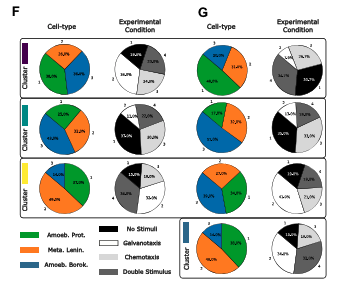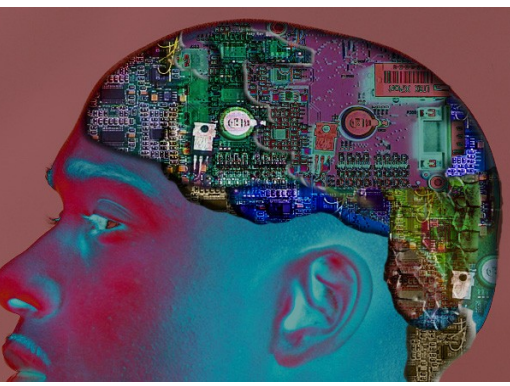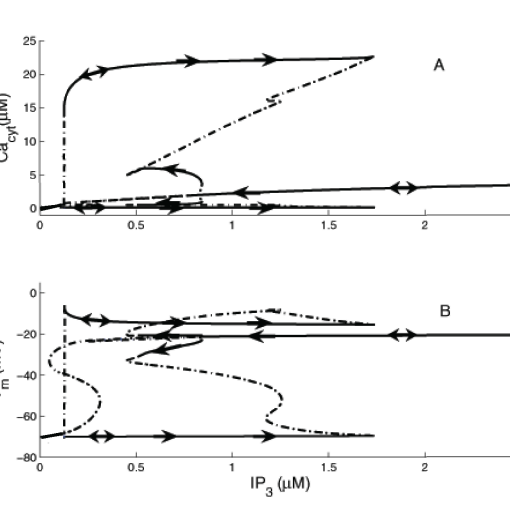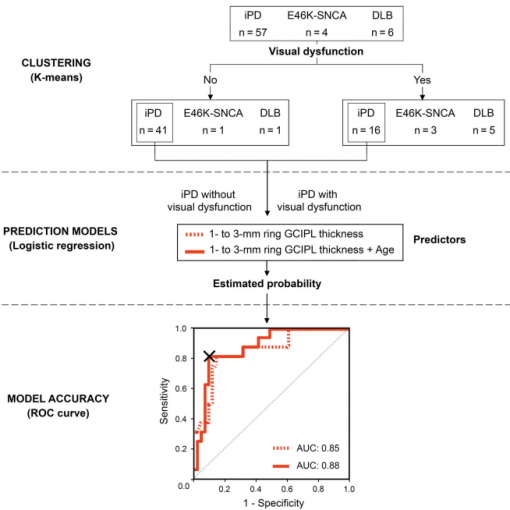Ildefonso M. De la Fuente, Jose Carrasco-Pujante, Borja Camino-Pontes, Maria Fedetze, Carlos Bringas, Alberto Pérez-Samartín, Gorka Pérez-Yarza, José I. López, Iker Malaina, and Jesus M. Cortes. Systemic cellular migration: The forces driving the
directed locomotion movement of cells. PNAS nexus. In press, 2024. [pdf]
Abstract
Directional motility is an essential property of cells. Despite its enormous relevance in many fundamental physiological and pathological processes, how cells control their locomotion movements remains an unresolved question. Here, we have addressed the systemic processes driving the directed locomotion of cells. Specifically, we have performed an exhaustive study analyzing the trajectories of 700 individual cells belonging to three different species (Amoeba proteus, Metamoeba leningradensis, and Amoeba borokensis) in four different scenarios: in absence of stimuli, under an electric field (galvanotaxis), in a chemotactic gradient (chemotaxis), and under simultaneous galvanotactic and chemotactic stimuli. All movements were analyzed using advanced quantitative tools. The results show that the trajectories are mainly characterized by coherent integrative responses that operate at the global cellular scale. These systemic migratory movements depend on the cooperative nonlinear interaction of most, if not all, molecular components of cells.





